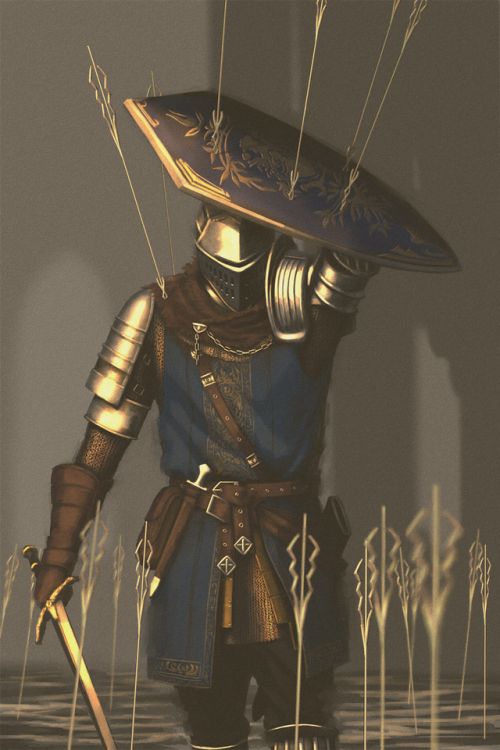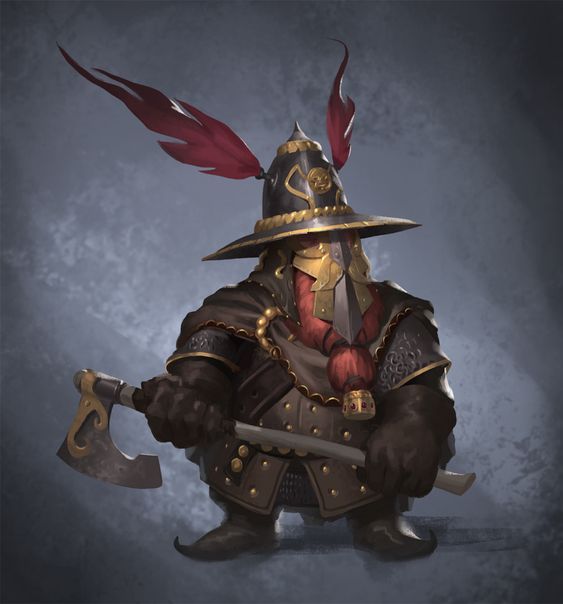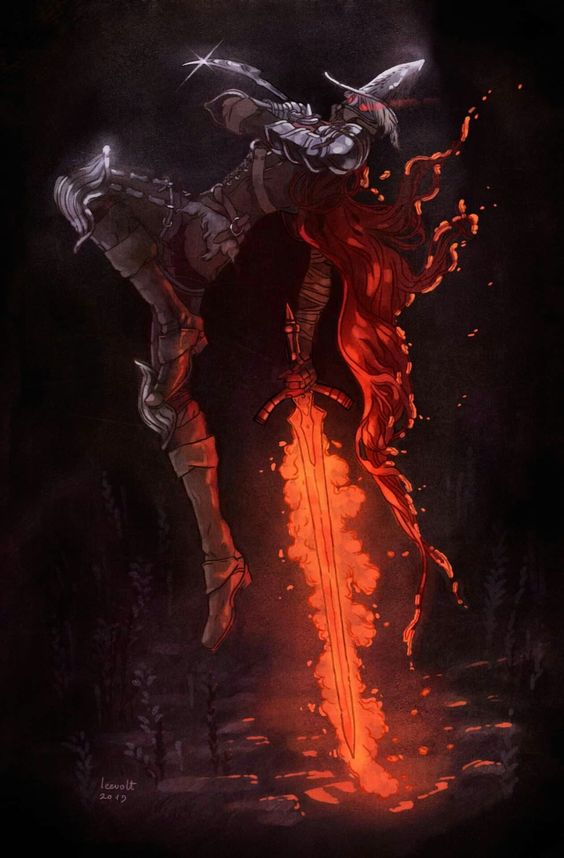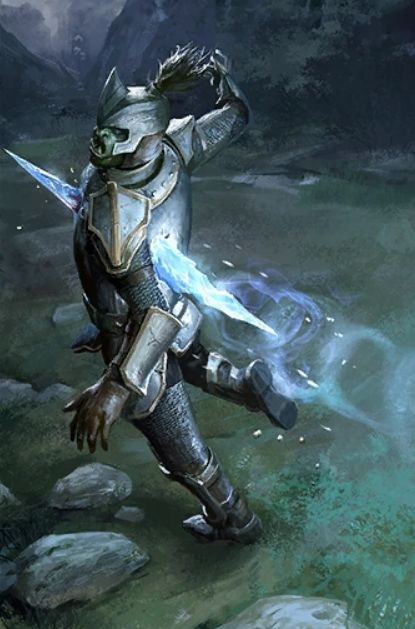D&D 5e: Why Moderately Armored Is The Best Armor Feat in 5e

D&D 5e: Why Moderately Armored Is The Best Armor Feat in 5e
Rating the Benefits of Moderately Armored
Benefit #1 –
Increase Strength or Dexterity by 1, to a max of 20
Half an ASI in a pair of useful stats. Almost every character can make use of one of these.
Benefit #2 –
Gain proficiency with Medium Armor and Shields
Medium armor is the most consistently useful armor type in 5e, as well as being available to most classes. Adding shield proficiency on top of this can increase a character’s AC by an average of 3-4 points.

Mechanics and Requirements
Understanding How It Functions
The Moderately Armored feat gives a character proficiency in all types of medium armor, as well as shields.
For a lot of characters, this is a huge boost to their AC. Light armor, the prerequisite for this feat, has a maximum base AC of 12, and a maximum AC of 17, with the remaining points all coming from your Dex bonus.
For any character with 15 Dex or lower, medium armor is instantly better. Even for characters with 20 Dex, throwing on a breastplate and shield still results in better AC.
The thing to consider is this: AC is one of the most important defensive metrics in D&D 5e and most characters aren’t going to ever want 20 Dex. Taking medium armor generally increases AC by 3 to 4 points, which translates to being 20% harder to hit. Few other feats offer that level of constant defensive protection, with the potential to scale even harder as your character levels up and finds items and other defensive options.
Types of Medium Armor in 5e
There are currently 5 basic types of Medium Armor in D&D 5e. When reading the list below, AC is the basic value that the armor provides, and Max AC is the value that a character should have with 2 points of Dex bonus and a shield.
Hide Armor
AC: 12
Max AC: 16
Cost: 10GP
Weight: 12lbs
Mechanically, the 12 AC and limited Dex bonus of Hide Armor is a worse option than Studded Leather, which any character who takes this feat would already be able to wear with Light Armor proficiency.
Chain Shirt
AC: 13
Max AC: 17
Cost: 50GP
Weight: 20lbs
A shirt of chainmail was the standard armor for several hundred years during the middle ages, and it’s just as reliable in 5e. Balancing accessible cost, lightweight, common availability, adequate AC, and no penalty against Stealth, it’s a decent option for most characters until they can get something better.
Realistically though, for characters looking at this feat, the extra point of AC is much more valuable than Disadvantage on Stealth checks, so weigh up the benefits of chain vs the other generalist option, scale mail.
Scale Mail
AC: 14
Max AC: 18
Cost: 50GP
Weight: 45lbs
Disadvantage on Stealth checks
Scale is the armor most characters with Medium proficiency will start their careers wearing. Considering it only costs 50 gold, the 14 AC is surprisingly high, climbing to 18 with the right Dex score and a shield. The only downside is the disadvantage on Stealth checks.
Breastplate
AC: 14
Max AC: 18
Cost: 400GP
Weight: 20lb
Disadvantage on Stealth checks
The breastplate is the perfect balance between defense, cost, carry weight (if your campaign makes it an issue), and style. There’s a reason solid, well made breastplates were still worn all the way up to the advent of machine guns in WW1. For many characters, this will be the ideal armor, especially if a magic item is found.
Half Plate
AC: 15
Max AC: 19
Cost: 750GP
Weight: 40lb
Disadvantage on Stealth checks
The mighty half plate is the best Medium Armor type in 5e. Its AC bonus of 15 will almost equal the AC of a tank in full plate when worn by a character with a Dex score of at least 14.
But there’s a cost. Literally. The eye watering price tag of 750 GP puts half-plate out of the reach of many characters, at least until tier 2 play. It’s also worth considering the potential disadvantage on Stealth rolls, which can affect many characters looking to take this feat, and the potential RP downsides a GM might use those times when clanking around in 40lbs of gleaming steel is a little too obtrusive.
Shields in 5e
Unlike previous editions of Dungeons and Dragons, there’s only one type of shield in 5e, not counting magical items.
Every shield is treated the same. Wielding one takes one of a character’s arms, and increases their AC by 2, whether they’re holding a buckler the size of their fist, or a tower shield that could block an entire doorway.
Key Stats
Medium Armor requires no stats to wear and is the least stat-reliant type of armor in 5e.
The feat itself provides a character that takes it with a point of either Strength or Dex. Melee characters can make great use of the Strength, and almost every other build can always do with more Dex.
Ideal Characters for Moderately Armored
Top Classes
Rogue – A Rogue’s armor class will likely hover around the 15-16 mark until they hit mid levels and start putting points into stats.
Wearing Medium Armor pushes this number significantly higher, and massively increases the durability of a class that typically isn’t built to take hits. Swashbucklers and Scouts, who are more likely to be found closer to the front lines, particularly love this.
Bard – With a spell list lacking in defensive options, and no real reason to push their Dex high, most Bards will have to rely on light armor and an AC of 14-15 to stay alive. That’s … not good.
Nothing in the Bardic base kit requires the class to have more than one hand free for spellcasting, meaning they’re free to hold a shield and wear medium armor with impunity. Finding a way to grab defensive spells through backgrounds, other feats, or the Bard’s magical secrets feature can make a generally squishy class surprisingly hard to hurt.
Warlock – Any Warlock not taking the Hexblade subclass or multiclassing is stuck with light armor for their entire adventuring career. Considering the class needs to push their Charisma as high as possible as fast as possible, there’s no space for Dex boosts until at least level 12.
Finding a way to take the Moderately Armored feat early can increase the AC of the build from 14 to 18, which, on a backline caster that should position to take as few hits as possible, can increase survivability by a massive amount.
Multiclassing Considerations
Armor proficiency is a major perk of many multiclass choices, and it’s available from a significant portion of the current class list.
Cleric is the obvious choice for many. A single level dip into Cleric only requires 13 Wis, and offers variable spellcasting from a list full of buffs and healing, a 1st-level perk, as well as proficiency in at least medium armor, with many subclasses offering proficiency in Heavy!
Charisma casters should instead look towards the Hexblade Warlock, which comes with probably the most overloaded single level in 5e. Proficiency in all weapons, armor up to medium, bonus spells, the best damage cantrip in the game, and a once-per-rest damage boost ability.
Race or Subrace Choices
Warforged – A further +1 to AC as long as the character is wearing armor, plus a suite of cute defensive perks.
Variant Human – Pick up the feat from level 1, gaining an improved level of protection for your entire adventuring career.
Wood Elf – Innate weapon proficiencies and a faster than average 35ft move speed, plus this feat, turns any character into a budget warrior. If you’re looking for super speed and to be a super tank, also consider the Tabaxi.
Combos, Tactics, and Synergies
Complementary Feats
Medium Armor Master – Increase the Dex mod of all medium armor by 1, adding another point to AC, and ignore the penalty to Stealth checks. Full guide here
Resilient – Boost an important saving throw. Plus gain a single stat point.
Tough – While it’s super boring, adding 2 HP per level increases most characters’ average HP pool by 20-30%.
Spells that Synergize
Shield – Add +5 to AC as a reaction, for the times when mundane armor isn’t enough
Shield of Faith – +2 to AC, for a surprisingly long time. Best cast by the backline on front line types.
Blur – Enemies gaining disadvantage on attacks against you is that much more effective when you have a high AC as well.
Strategies for Maximizing Moderately Armored Effectiveness
Keep Stacking AC
Because of the way combat in 5e works, every point of AC is more effective than the one before.
Let’s say an enemy can hit your character with 15 AC 25% of the time. Increasing AC by a point reduces that to being hit 20% of the time, meaning 1 out of 5 attacks now misses.
For a character with 18 AC, who would be hit by the same enemy 10% of the time, another point of AC reduces that to only being hit 5% of the time, which turns out to be 1 out of every 2 attacks missing.
With that said AC bonuses in 5e are surprisingly hard to come by. A character can only expect to increase their AC by 1 or 2 points for every tier of play; 5 levels, they gain.
Common sources of AC might include:
- Static bonuses from races like Warforged
- The Defence fighting style
- Magic items and armor
- Spells like shield
Multiclassing
This guide has already touched on the potential for multiclassing instead of taking the Moderately Armored feat. There’s a real and serious argument that, in many cases, it’s the better option.
Good martial choices are Fighter, which offers proficiency in damn near everything if taken at level 1, plus a fighting style, and some free healing. Ranger is also decent, especially if optional features are allowed, gaining a damage boost multiple times per day plus pseudo Expertise.
For casters, Artificers use Intelligence and come with a huge list of benefits at level 1. Clerics are the single best Wisdom caster for a level 1 dip, and for Charisma users, Hexblade Warlocks have no comparison.
Medium Armor Master
For characters with a Dex score of at least 16, the Medium Armor Master feat is an easy way to increase protection in a meaningful way.
Another point of Dex makes the top level medium armors equal the protection of the best heavy armor, and ignoring the Stealth penalties is a surprisingly large bonus for the right character. No one likes ambushing a thief, only to find them wearing more metal than your average knight.
Taking it early
As characters scale into the game, enemy hit bonuses tend to get higher more quickly than AC bonuses become available. On top of this, enemies in the higher levels of play tend to have more offensive options, beyond just; hitting them with something spiky.
The lesson is clear. If you’re planning on taking the Moderately Armored feat, take it as early as you can, to gain the maximum amount of benefit from it possible.
Final Thoughts on Moderately Armored
In 5e, 1 or 2 extra points of AC count for a lot, and the jump from Light to Medium armor can increase many characters armor class by that amount.
While it’s not for everyone, over the course of an adventuring career, upgrading from leather to a shiny breastplate can and will save your character’s life. And in those times when an Ogre comes striding out of the cave, catching your party unawares, you’ll be glad you learned how to pick up a shield.








